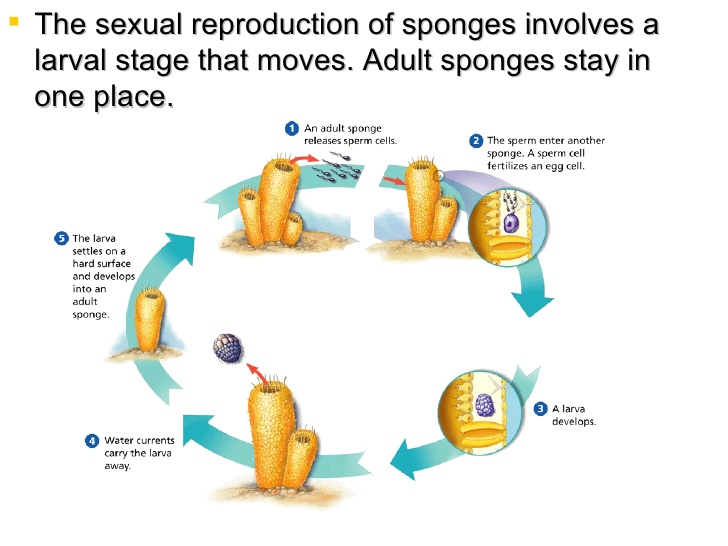
Seriously, at some point I need someone to explain the sense in that show to me. When I talk about sponges, most people will either think of cleaning products or that square-panted idiot with the pineapple. But, it’s still a huge step up from single-celled tiny things. Instead of real organs, all they can boast with is a loose cell organization. So what makes sponges so simple? They don’t have a nervous system, muscular system, digestive tract, or breathing apparatus. Their name is a wonderful mix of Greek and Latin and means as much as “through the hole.” Pore-ferries. Porifera, so the sponges, are one of the simplest of the animals. That branch is also called the Animalia which is easy enough to remember. With the Porifera, simple as they may be, we are finally talking about metazoans, so multicellular animals. Whoever branched off first, we are finally talking about things outside the realm of teeny-tiny. It’s currently looking like comb jellies (the sea walnut, Mnemiopsis leidyi, to be precise) might be even older as a species, but sponges are still pretty damn old.

Until recently, scientist were pretty sure that sponges were first on Earth. I vote for the blobs as the simplest animals. Our teacher calls Porifera the simplest animals, but that could also be the placozoans, flat multicellular blobs.

Porifera were long thought to be the oldest animal species, but it’s a little less certain, and it might also be the ctenophores. Or, more often than not, argues about another version. In our lectures, we get taught one thing, but the scientific world already agrees on another version. The branches change as often as the staircases of Hogwarts. The tree of life is definitely a tree I wouldn’t want to climb around on.


 0 kommentar(er)
0 kommentar(er)
